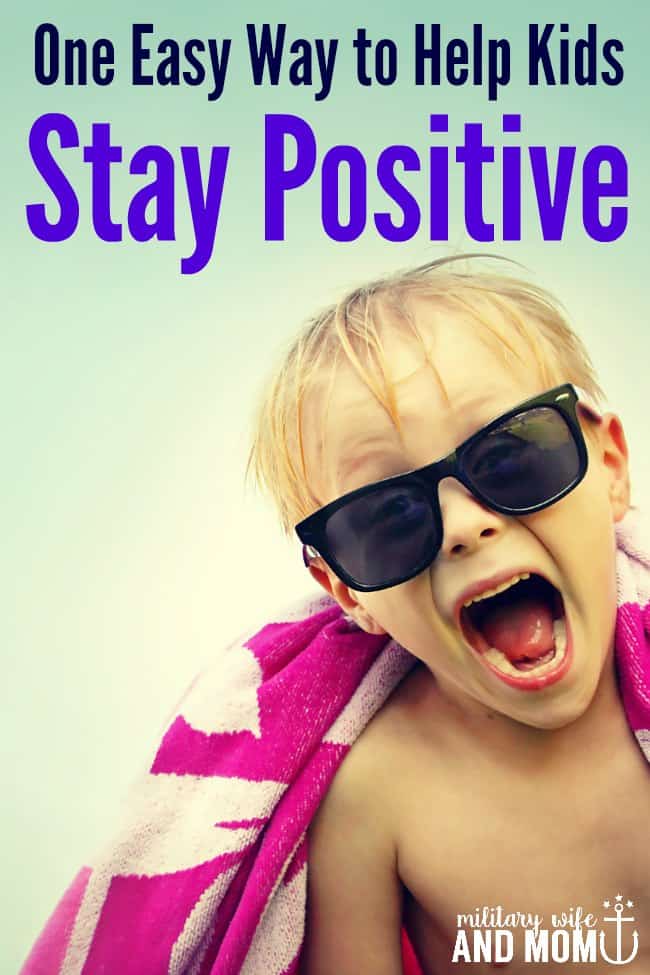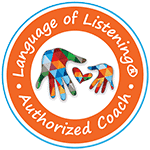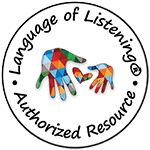What makes kids feel happy?
Well, a lot of things actually. Off the top of my head there are several things that come to mind: running, jumping, good ole’ fashioned play, quality time with parents, games, stickers, milk, cookies, music, roughhousing, surprises, sticks, dirt and bugs.
Life is good. Life is simple.

*post contains affiliate links for your convenience
But what if there was a skill we could offer our kids to enable them to take happiness into their own hands both now and in the future?
I recently read the book, The Danish Way of Parenting: A Guide To Raising The Happiest Kids in the World by Jessica Alexander and Iben Dissing Sandahl. There are many important topics explored in the book that address a child’s pre-disposition to happiness—play, authenticity, reframing, empathy, no ultimatums, and togetherness.
My favorite technique described in the book is a concept called reframing, which is all about how adults can help children to “shift focus from what they cannot do to what they can do. The adult helps the child see situations from various angles and gets them to focus on the less negative outcomes or conclusions. With practice, this can become a default setting.”
My story.
Much of what I think about myself as an adult comes from when I was a child. Growing up, one word that sticks out to me is hard-working. I was often told that if I worked hard enough I could be anything that I wanted. Looking back, my childhood was far from perfect, but the idea that I could work hard and see results was something that stuck with me through adulthood. I have my parents and other adult mentors to thank for that.
Many of us continue to live up to and compare ourselves to our childhood labels for the rest of our lives. These labels can also take a negative path.
He’s really aggressive.
She so bossy.
He never listens.
She’s lazy.
Using these labels (often inadvertently) we are encouraging our child to become these exact things. A child’s behavior somehow becomes his destiny. And these labels become a self-fulfilling prophecy.
Easy ways to apply reframing.
Change labels.
In the book, Alexander and Sandahl suggest parents nurture positive aspects of even the most unpleasant behaviors.
Rather than labeling a child as stubborn, try to see the bigger picture and what is leading to that type of behavior. For example, is the child refusing to eat because he isn’t really that hungry? Or is the child refusing to eat because he is testing boundaries to learn what and what is not acceptable behavior?
Try to see the negative label in a positive light. Stubborn behavior is often confused with persistence, decisiveness, and leadership skills. Distracted behavior is often confused with creativity and imagination.
Shift the focus.
Help kids become aware of why they feel a certain way rather than telling them why they should or shouldn’t feel a certain way.
Here is an example from the book:
“What’s wrong?”
“Nothing.”
“You look like something is wrong—is there?”
“Yeah.”
“What’s going on?”
“I don’t know.”
“Are you sad? Angry? Happy?”
“I am sad.”
“Why do you feel sad?”
“I am sad because Gary took my doll at playtime.”
“He took your doll. Why do you think he took your doll?”
“Because he is mean.”
“You think he is mean? Is Gary always mean?”
“Yes.”
“But last week you said you played a lot with Gary, right?”
“Yes.”
“Was he mean then?”
“No.”
“Ok. Is Gary sometimes nice?”
“Yes. Sometimes he is nice.”
So in this example, the parent is guiding the child towards a more positive mindset, while still using open-ended questions throughout the conversation. This helps kids draw their own conclusions, yet it still shifts the focus and reframes the event to a more positive place.
If your child says something like, “I can’t do anything right,” you would use a narrative of open-ended questions to lead them to a real life example where he or she did, in fact, do something right or even made a great effort to try hard.
If your child says something like, “I’m stupid,” you would again use a narrative to reframe his or her idea to a more positive outcome. Perhaps you would ask open-ended questions to leading him to a time when he made a positive choice or used his smarts well.
Print this free toddler listening checklist.
This post comes with a free printable checklist to help with toddler listening. I always have the hardest time remembering these phrases. This printable simplifies it!
Here is a sneak preview…
Download Your Free Printable
- Download the checklist. You’ll get the printable, plus join 37,000+ parents who receive my weekly parenting tips and ideas!
- Print. Any paper will do the trick, but card stock
would be ideal.
- Place it on your refrigerator. Check things off as you go and don’t forget a thing!
Want more on parenting?
- What Kids Secretly Want to Tell You About Roughhousing — Girls Included
- One Simple Trick to Help Kids Fall Asleep Fast
- The Secret Only Moms of Toddlers Really Know
What do you think about reframing ideas to help kids feel happier? Let’s chat in the comments !
I've created a free email series just for you! If you are struggling with teaching your child to listen, this series will help transform your parenting. Yes, really. I've seen my proven strategies work time and time again for parents. I know it can work for you too.
After taking my free email series, you will:
- Learn simple, yet highly effective listening strategies
- Experience a stronger connection with your child
- Enjoy more peaceful parenting days
- Gain more cooperation from your child













Leave a Comment